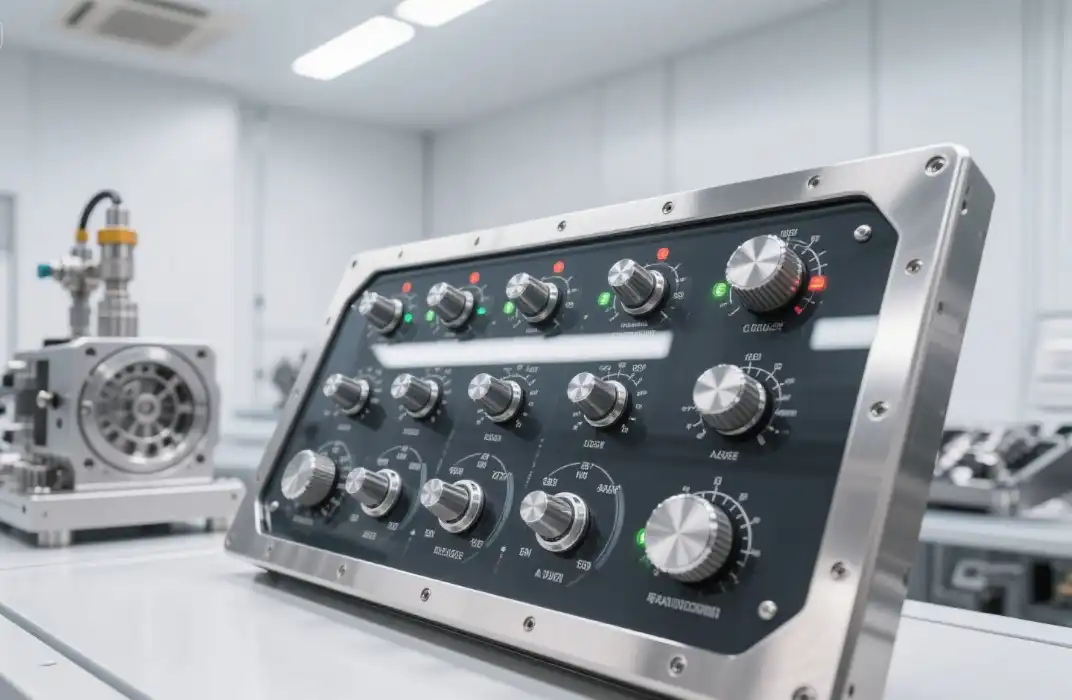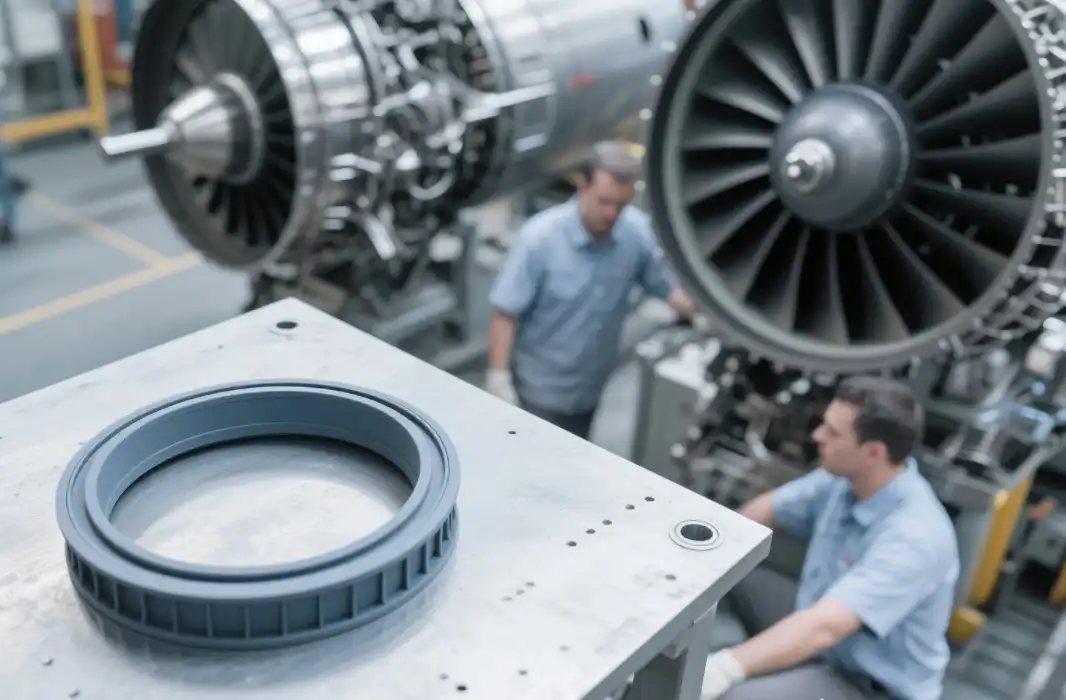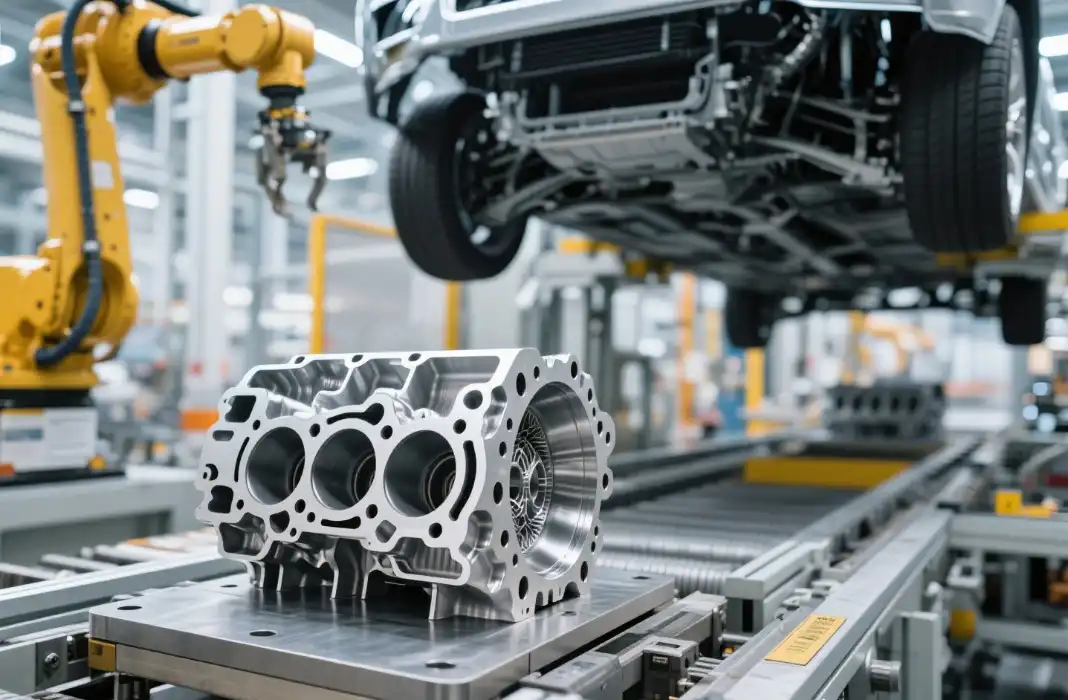The Fundamentals of Aerospace Precision Components
Defining Aerospace Precision Components
Aerospace precision components are specialized parts designed and manufactured to meet the stringent requirements of the aerospace industry. These components are crafted with exceptional accuracy, often to tolerances measured in microns. They range from small fasteners to complex engine parts, each playing a vital role in aircraft performance and safety. The aerospace sector demands components that can withstand extreme temperatures, pressures, and vibrations while maintaining structural integrity and functionality.
Materials Used in Aerospace Manufacturing
The choice of materials for aerospace precision components is critical. Manufacturers often use lightweight yet strong materials such as aluminum alloys, titanium, and advanced composites. These materials offer an optimal balance of strength-to-weight ratio, crucial for fuel efficiency and performance. High-temperature alloys like Inconel are used for aerospace precision components that must endure extreme heat. Carbon fiber composites are increasingly popular for their exceptional strength and low weight, finding applications in aerospace precision components and interior components.

Key Characteristics of Aerospace Components
Precision aerospace components share several key characteristics. Firstly, they exhibit exceptional dimensional accuracy, often manufactured to tolerances tighter than a human hair's width. Secondly, these components boast superior surface finishes to reduce friction and enhance aerodynamics. Thirdly, they possess high reliability and durability to ensure safety during long operational lifespans. Lastly, aerospace components undergo rigorous testing and certification processes to meet industry standards and regulations, ensuring they can withstand the harsh conditions of flight.
Manufacturing Processes for Aerospace Precision Components
Advanced CNC Machining Techniques
Computer Numerical Control (CNC) machining is a cornerstone of aerospace component manufacturing. This process uses computer-controlled machine tools to create complex geometries with high precision. Multi-axis CNC machines can produce intricate parts from solid blocks of material, reducing waste and enhancing structural integrity. Advanced techniques like high-speed machining and micromachining allow for the production of components with extremely fine details and tight tolerances. CNC machining is particularly valuable for creating engine components, structural elements, and precision fittings.
Additive Manufacturing in Aerospace
Additive manufacturing, commonly known as 3D printing, is revolutionizing aerospace precision components production. This technology enables the creation of complex geometries that would be impossible or prohibitively expensive with traditional manufacturing methods. Aerospace companies use additive manufacturing for rapid prototyping, tooling, and even production of end-use aerospace precision components. Metal 3D printing techniques like Selective Laser Melting (SLM) and Electron Beam Melting (EBM) are particularly promising for aerospace applications, allowing for the production of lightweight yet strong aerospace precision components with intricate internal structures.

Precision Casting and Forming Processes
Casting and forming processes play a significant role in aerospace component manufacturing, especially for complex shapes and large parts. Investment casting, also known as lost-wax casting, is widely used to produce turbine blades and other high-temperature components with intricate geometries. Superplastic forming is employed for creating large, complex sheet metal parts with minimal tooling costs. These processes allow for the production of components with excellent surface finishes and tight dimensional tolerances, crucial for aerodynamic performance and structural integrity in aerospace applications.
Quality Control and Certification in Aerospace Manufacturing
Non-Destructive Testing Methods
Quality control is paramount in aerospace manufacturing, and non-destructive testing (NDT) methods play a crucial role. Techniques such as ultrasonic testing, X-ray inspection, and eddy current testing allow manufacturers to detect defects without damaging the components. Advanced NDT methods like computed tomography (CT) scanning provide detailed 3D visualizations of internal structures, enabling thorough inspection of complex parts. These testing methods ensure that every component meets the stringent quality standards required for aerospace applications, detecting even microscopic flaws that could compromise safety or performance.
Certification Standards and Compliance
Aerospace precision components must adhere to strict certification standards set by regulatory bodies such as the Federal Aviation Administration (FAA) and the European Union Aviation Safety Agency (EASA). Manufacturers must comply with standards like AS9100 for quality management systems specific to the aerospace industry. The certification process involves rigorous documentation, testing, and auditing to ensure that aerospace precision components meet all safety and performance requirements. This includes material traceability, process validation, and comprehensive testing of finished parts. Compliance with these standards is essential for aerospace precision components to be approved for use in aircraft and space vehicles.

Advanced Metrology in Aerospace Manufacturing
Precision measurement is critical in aerospace component manufacturing, and advanced metrology tools play a vital role. Coordinate Measuring Machines (CMMs) provide highly accurate dimensional measurements of complex parts. Laser scanning and photogrammetry techniques allow for rapid, non-contact measurement of large components or entire assemblies. Optical comparators and vision systems enable precise inspection of surface features and profiles. These advanced metrology tools not only ensure compliance with tight tolerances but also provide valuable data for process improvement and quality assurance throughout the manufacturing process.
Conclusion
Aerospace precision components represent the pinnacle of manufacturing technology and engineering expertise. From advanced materials to cutting-edge manufacturing processes, every aspect of their production is optimized for performance, reliability, and safety. As the aerospace industry continues to evolve, so too will the technologies and techniques used to create these critical components. The future of aerospace manufacturing lies in further integration of digital technologies, advanced materials, and innovative production methods. By pushing the boundaries of what's possible in precision manufacturing, the aerospace industry will continue to soar to new heights, propelling us into an exciting future of air and space travel.
FAQs
What are the most common materials used in aerospace precision components?
Common materials include aluminum alloys, titanium, high-temperature alloys like Inconel, and advanced composites such as carbon fiber.
How tight are the tolerances for aerospace components?
Tolerances can be extremely tight, often measured in microns, which is finer than a human hair.
What role does additive manufacturing play in aerospace component production?
Additive manufacturing is used for rapid prototyping, tooling, and production of complex end-use parts that would be difficult or impossible to make with traditional methods.
Expert Aerospace Component Manufacturing | BOEN
At BOEN Prototype, we specialize in high-quality prototyping and low-volume production of aerospace precision components. Our expert team leverages advanced CNC machining, rapid tooling, and innovative manufacturing techniques to deliver components that meet the exacting standards of the aerospace industry. From UAV parts to complex aircraft components, we provide tailored solutions for your most challenging projects. Experience the BOEN difference in aerospace manufacturing. Contact us at contact@boenrapid.com to discuss your precision component needs with our knowledgeable supplier team.
References
Johnson, A. (2022). Advances in Aerospace Materials and Manufacturing Processes. Journal of Aerospace Engineering, 35(2), 145-160.
Smith, R. & Brown, T. (2021). Quality Control in Aerospace Component Manufacturing: A Comprehensive Guide. Aerospace Technology Press.
Lee, C. et al. (2023). Application of Additive Manufacturing in Aerospace: Current Status and Future Prospects. International Journal of Aviation, Aeronautics, and Aerospace, 10(1), 22-38.
Williams, D. (2022). Precision Metrology for Aerospace Applications. Measurement Science and Technology, 33(6), 064001.
Thompson, E. & Garcia, M. (2021). Advanced Materials in Aerospace: From Alloys to Composites. Materials Today: Proceedings, 45, 3456-3470.
Anderson, K. (2023). Certification and Compliance in the Aerospace Industry: Navigating Complex Regulations. Aerospace Regulatory Review, 12(3), 78-95.





